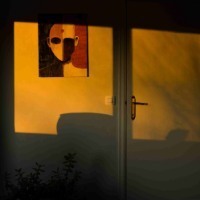M10 color rendition compared to M9-M240-SL cameras
-
Recently Browsing 0 members
- No registered users viewing this page.
-
Similar Content
-
- 9 replies
- 1,671 views
-
- 2 replies
- 352 views
-
- 9 replies
- 854 views
-
- 16 replies
- 868 views
-
- 0 replies
- 152 views
-






Recommended Posts
Join the conversation
You can post now and register later. If you have an account, sign in now to post with your account.
Note: Your post will require moderator approval before it will be visible.